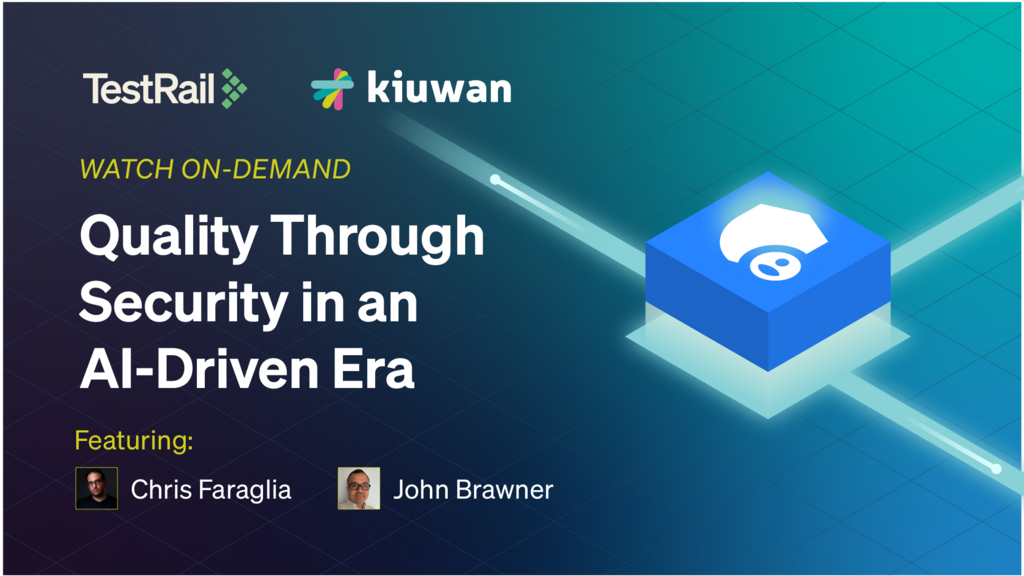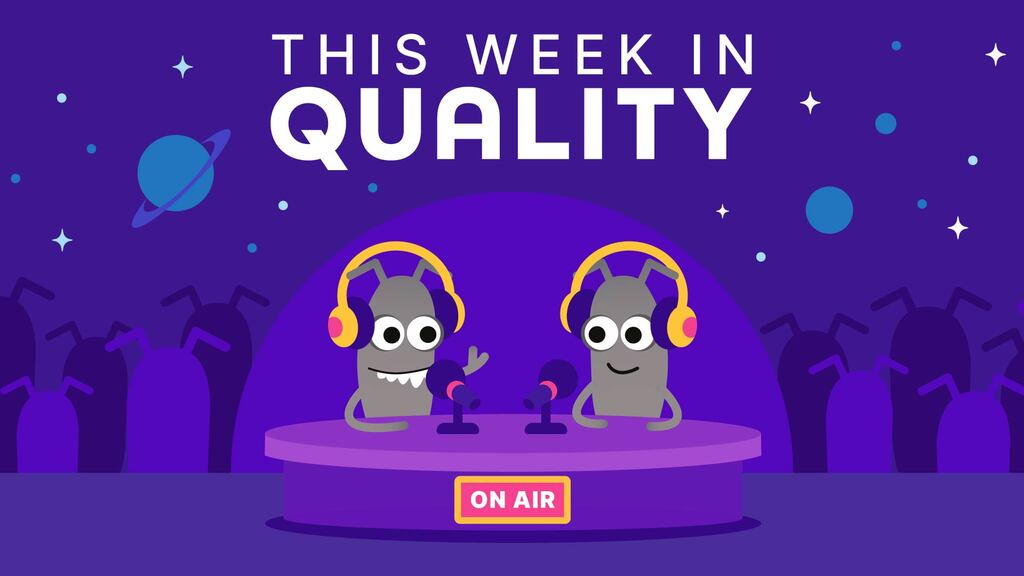The European Accessibility Act (EAA) is coming into force in Europe on the 28th of June 2025, requiring products and services with digital interfaces to meet accessibility standards.
The EAA 2025 was applicable to my client's operations due to their subsidiaries in Italy, Spain, and Germany, as well as their close working relationship with the Republic of Ireland.
As a consultant, I was brought in to help them ensure compliance with the new regulations. Here's what I learned through this process.
A quick overview of the European Accessibility Act
The EAA aims to harmonise accessibility requirements for products and services within the European Union. The goal is to make it easier for people with disabilities to access and use a wide range of everyday products and services, thus promoting greater inclusion and participation in society.
The EAA's core objective is to ensure that digital products and services, including websites, mobile applications, and other software, are designed and developed in a way that makes them accessible to everyone, regardless of their abilities. As of June 2025, any product or service with a digital interface must comply with the Web Content Accessibility Guidelines (WCAG) 2.1 Level AA standards. These guidelines were developed by the World Wide Web Consortium (W3C) to ensure that online content is accessible to people with disabilities. They provide a framework for creating websites, applications, and digital content that can be used by everyone, regardless of their abilities.
Assessing the accessibility of our client's online presence
Initial assessment and short-term fixes
The first step was to evaluate the client's current level of accessibility. To achieve this, we performed website and application audits using a WCAG checklist. This checklist was developed based on guidelines from the WCAG website and accessibility web tools. The goal was to identify areas that did not meet accessibility standards.
To expedite the audit process, we organised a "hack day" where testers from various squads and functional areas divided the checklist amongst themselves to cover all aspects of the audit.
We created a comprehensive list of bugs, issues, and missing requirements. But rather than log every issue in the client's bug tracking system, we brought together the developers, designers, testers and product owners for a collaborative review. At the review, we prioritised and grouped the findings into actionable areas and various new accessibility user stories. This helped speed up fixes and release quick wins into a live production release.
Long-term measures to ensure accessibility
As effective as the short-term approach was, the test team couldn't be asked to predict future issues. So we needed to shift the process further left, ensuring that the requirements served to build in accessibility.
We developed a three-phase plan to achieve and sustain overall WCAG 2.1 AA compliance:
- Targeted training: lessons on accessibility principles and guidelines, suited to various roles (UX, developer, and tester)
- Pilot implementation: working with a single product squad, embedding accessibility into design, development, and testing processes
- Living: this is where accessibility standards were implemented, designed, and tested without even thinking. It would simply be part of the product life cycle.
Targeted training
With the help of a third-party company that specializes in course creation and the client's accessibility communities of practice, we created several courses and added them to the client's learning hub.
There were two training courses that were mandatory for everybody:
- The first was an overview of EAA and general accessibility principles, to ensure that all staff members were adequately informed and prepared to meet the requirements of the European Accessibility Act.
- The second was a course tailored to each discipline: business analyst, developer, tester, and so on.
The courses included an overview of various plugins and tools that could be used to help integrate and test accessibility into the software development cycle.
Pilot implementation
Our strategies for incorporating accessibility into our workflow included:
- Integrating automated testing tools
- Using IDE plugins for developers and Figma plugins for designers to identify accessibility issues early in the development process.
We also incorporated WCAG compliance into our Definition of Done (DoD) and Definition of Ready (DoR) criteria.
A number of squads were chosen to implement various aspects of the training. This was a two-prong approach:
- Protect the development of critical functionality from unwarranted disruption of delivery
- Suggest a number of different tools and approaches and get feedback on what worked and what would best suit the client as a whole going forward
Collaboration problems: an empathy lab to the rescue
Unforeseen issues arose after the training was completed. We inadvertently created silos where designers, developers, and testers were focused solely on their own areas, resulting in a lack of cross-collaboration.
What is an empathy lab?
As we were looking for solutions to the collaboration issues, I attended an insightful AXA lunch and learn session that focused on their new "Empathy Lab." This innovative lab was designed to foster a deeper understanding of the experiences of users with disabilities when interacting with digital products.
The AXA session also included a video from the Google Accessibility Discovery Center, which demonstrated how Google educates people about various disabilities and shows how websites and apps perform for users with those disabilities. The video emphasised that accessibility should be considered from the beginning of the design and development process.
How did we implement our own empathy lab?
We created a pop-up experimental center to foster empathy and inspire inclusive design. People were invited to experience various disabilities firsthand, including physical limitations like arthritis, cognitive conditions like ADHD, and visual impairments. Participants were asked to perform basic tasks on a website and app, allowing them to understand more fully the challenges faced by customers with disabilities and the assistive technology solutions they use. The goal was to educate and inspire participants to build products and services with inclusivity and accessibility in mind from the start and to improve existing digital customer journeys.
This seemed like the perfect way to get the teams to collaborate and end the siloing. So we got approval from the client and with the help of the newly formed accessibility team we created the client's own empathy lab. We set up stations with posters designed by the Government that featured accessibility personas with various disabilities. And we purchased various products such as arthritis simulation gloves, hand weights, screen filters, and vision impairment simulation goggles, to enable people to experience common accessibility hurdles first-hand.

How did the empathy lab help us and our client?
To foster a better understanding of accessibility issues, we assembled cross-functional teams (BA, UX, developers, testers, and delivery leads) and had them engage with various accessibility simulation stations. This initiative not only enhanced team collaboration but also provided them with first-hand experience of the challenges faced by users with disabilities when interacting with our current website and apps.
We also partnered with local accessibility advocates and communities and hired a consultant who specializes in technology use by visually impaired people. The consultant conducted monthly tests and shared valuable feedback, helping us identify and address accessibility gaps that we might otherwise have overlooked.
These direct experiences were crucial in cultivating empathy and understanding within our team, emphasising that accessibility is not merely a checkbox exercise, but a genuine endeavor to make a significant positive impact.
To wrap up
To guarantee a truly inclusive experience, accessibility must be a shared responsibility across design, development, and testing. This can be achieved by embedding accessibility into processes early on, conducting hands-on empathy training, and maintaining close communication with and gathering continuous feedback from users with various accessibility needs.
Further considerations to ensure a sustained and optimal accessible experience are:
- Establishing habits and processes for accessibility feedback loops
- Defining metrics that determine when a digital experience is sufficiently accessible, such as monitoring the number of accessibility-related support calls to call centers
For more information
- Software Testing Live: episode 02 - Access All areas, Ben Dowen and Jane D'Cruze
- More than just ‘manual testing’: Recognising the skills of software testers, Ady Stokes
- Want some CANDY? Creating a culture of fabulous feedback, Judy Mosley





